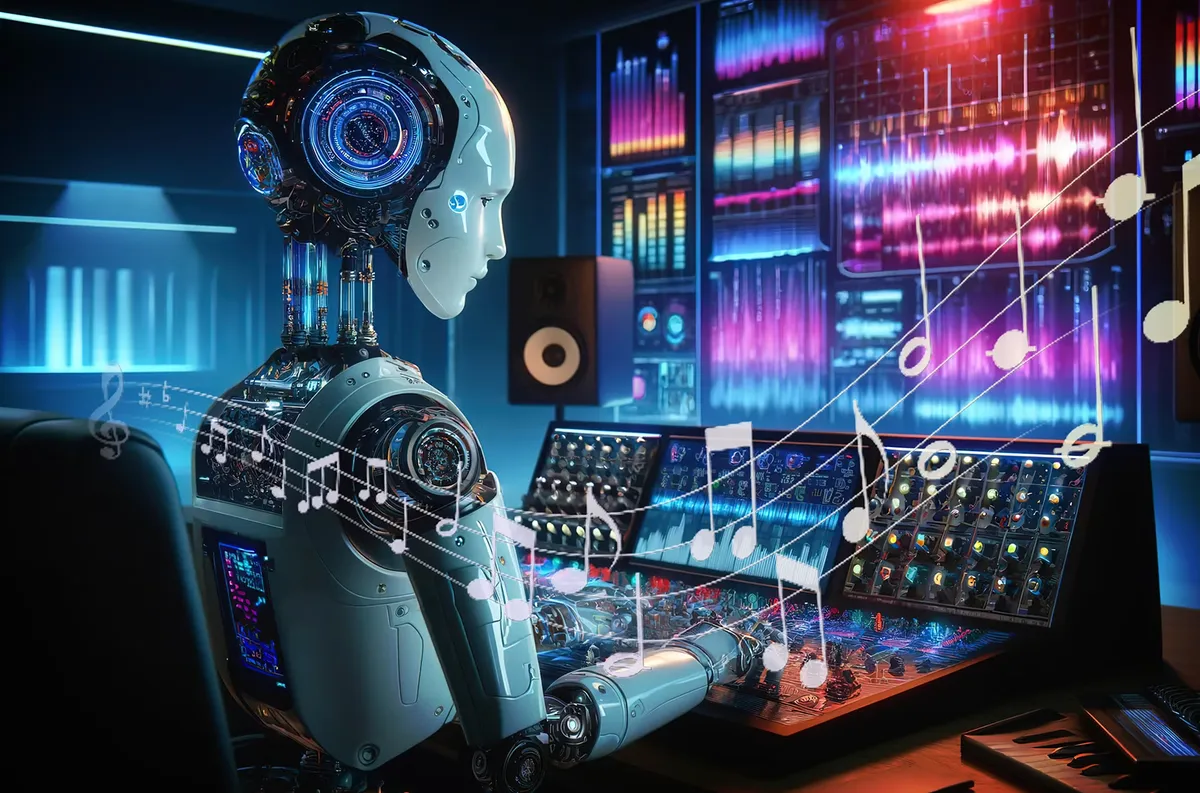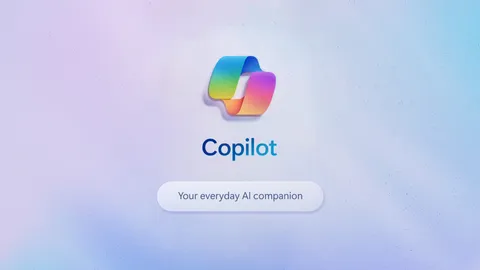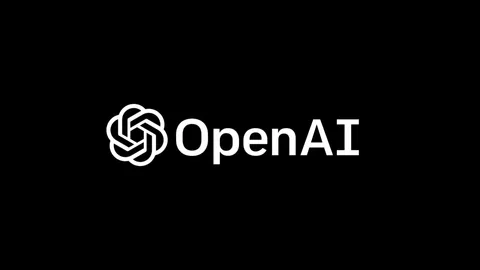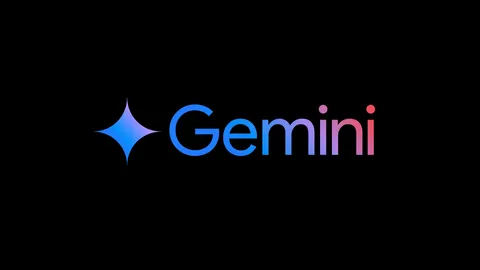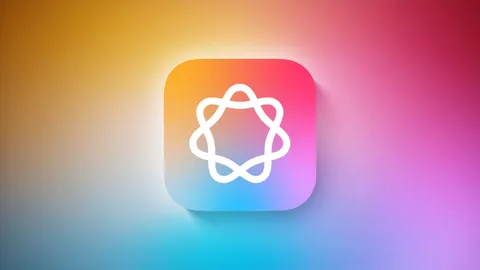🎧 So, Uh… I Make Music With AI Now
I’ll just say it: I never thought I’d be co-producing songs with a neural network. But here we are. Over the past year, I’ve been experimenting with AI-generated music — not just as a fun tech demo, but as a legitimate part of my creative process. I’ve released music under two different AI artist names (yep, we’re going full Daft Punk robot here), and the results range from surprisingly emotional to totally unhinged.
Some of the tracks are instrumental, some have lyrics, and yeah, a few are definitely not safe for work. I’ll embed a few below so you can hear for yourself. Spoiler: most of them were made with Suno.ai, which has basically become my AI studio of choice.
🔍 Core Breakdown – What’s Powering AI Music Today
The Big Idea: Text In, Music Out
The biggest shift lately? You can now describe the music you want, and a model will compose it for you — instruments, structure, vibe, the whole thing. These models don’t just stitch samples together, they generate the audio from scratch. Think: “melancholic acoustic folk with slow buildup and dreamy vocals” and boom, you’ve got a track.
Major Players in the Game
Here are some of the top platforms and models making waves right now:
- Suno.ai – This is what I use the most. It’s fast, catchy, and surprisingly versatile. You give it a vibe, a genre, and maybe some lyrics — and it kicks back a fully-formed song, vocals and all. It’s my go-to for both quick ideas and full releases.
- Udio – Similar to Suno but with a slicker UI and better control over structure. I’ve used this one for more experimental stuff.
- Riffusion – Uses diffusion models to generate music from spectrograms. Great for synth textures and ambient weirdness.
- Mubert – More royalty-free focused, geared toward creators who need quick, legal background music.
And just recently…
Google’s New Entry: Next-Level Text-to-Track
At Google Cloud Next 2025, Google introduced their own AI music model — part of a broader upgrade across their generative tech suite. It runs on their brand new Ironwood chips (basically hyper-efficient engines built for inference-heavy AI tasks), and the model itself is designed to generate full, high-fidelity songs across genres.
They’re pitching it not just for music heads, but for brands, podcasters, and video editors — basically anyone who wants custom, license-free music without needing to hire a composer. It’s a big swing, and honestly, it sounds really good.
🎶 Real-Life Impact – Actually Making Music With These Tools
Okay, now the fun part. Here’s what it’s like actually using this stuff.
I’ve put out tracks under two different AI artist aliases. One is moody, lo-fi, and ambient. The other leans into glitched-out club chaos with explicit lyrics and dystopian energy. Both were built almost entirely with Suno.ai — plus a little cleanup in a DAW afterward (because I’m still picky).
Some tracks come out 90% done. Others need love — tuning vocals, trimming awkward phrasing, maybe swapping out a verse. But the starting point is incredible. The rhythm, the hooks, even the lyrics sometimes hit just right. And the ability to iterate — regenerate a section, remix a version, or change up the vibe — makes it feel collaborative.
⚠️ Heads up: Some of these songs are explicit, so click with headphones or caution.


You can hear more of my AI songs below! Highly recommend Slow Burn.
⭐ Trevor Score: 8.5/10 — Weird, Fun, and Way More Capable Than I Expected
This isn’t a formal review — it’s just how I felt using this thing. A gut-check from someone who actually used it.
There’s something electric about making music with AI. When it works, it’s pure creative momentum. But there are still limits — especially with consistency, nuance, and lyric quality. You can’t fully replace a human artist (yet), but you can supercharge one.
🧠 Final Verdict – AI Music Is Real. And It’s Just Getting Started.
Whether you’re a bedroom producer, a podcaster, or someone who just wants a weird little beat for your TikTok, these tools are game-changers. We’re not in the era of “AI tries to sing” anymore. We’re in the era of “AI makes songs people actually want to play again.”
And with Google throwing serious infrastructure at this — from custom hardware to audio watermarking — it’s clear this is just the beginning.
🎤 Shoutout to the Robots on the Mic
So yeah, I’ve been co-writing with algorithms. No ego, just vibes. Big thanks to the devs building these tools and the weirdos pushing their limits. Let the machines jam.
Let me know what you think of the tracks — and if you’re making AI music too, send me your wildest prompt.

